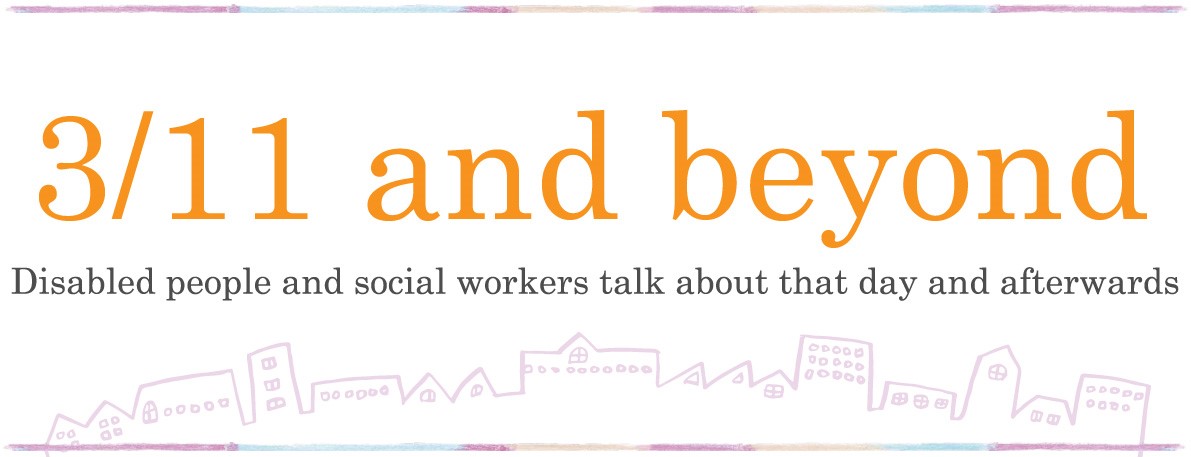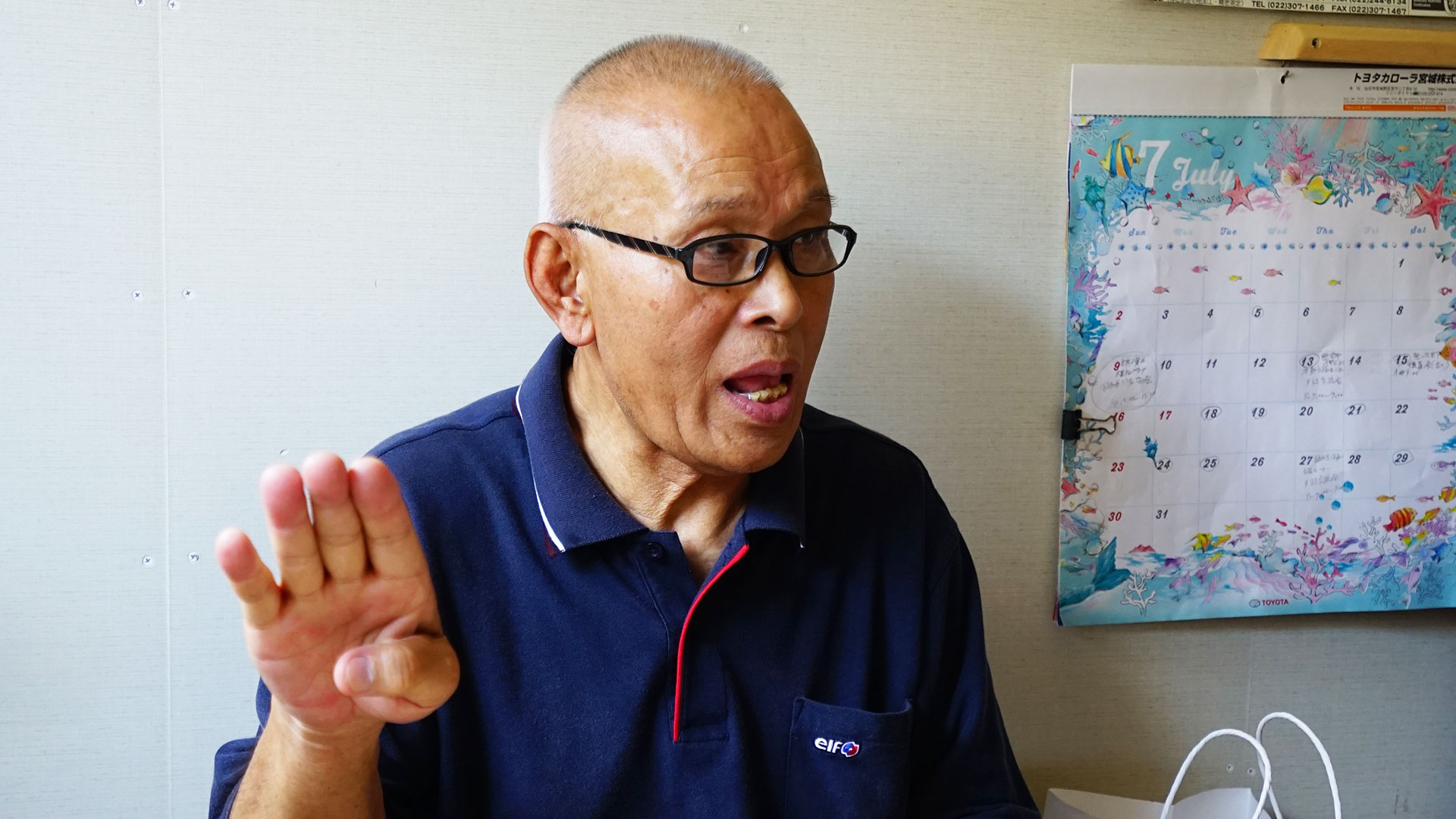 Story: Mr. Seiji Watanabe (man/ age 70 at the time/ hearing impaired)
Story: Mr. Seiji Watanabe (man/ age 70 at the time/ hearing impaired)Mr. Seiji Watanabe
 Story: Mr. Seiji Watanabe (man/ age 70 at the time/ hearing impaired)
Story: Mr. Seiji Watanabe (man/ age 70 at the time/ hearing impaired)Earthquake
Where were you and what were you doing the day of the Great East Japan Earthquake?
When the shaking started, I was with my wife in our home in Yuriage, Natori City. I was 70 years old at the time and had retired, so I wasn’t working.
How did you evacuate?
We didn’t have any evacuation information at all at the time. We thought we might be the only ones who didn’t have the information because we can’t hear, but our hearing neighbors didn’t know either, so we actually couldn’t even judge whether we should evacuate or not.
Around how far was your house from the ocean?
Around 800 meters. It was about 3-4 minutes from Mount Hiyori in Yuriage, Natori City.
Did you imagine a tsunami might come?
I didn’t think about it.
I was born and raised in Yuriage, and previously there had never been a tsunami even when there had been earthquakes. I hadn’t heard anything about tsunamis from my parents either, so this was really the first time for me. We also never had any neighborhood evacuation drills, and were never taught anything about earthquakes.
So what made you feel the situation was dangerous enough to evacuate?
This earthquake was bigger than any one before, and it kept shaking again and again after that, so I thought maybe a tsunami could come. We went to the field nearby to see what the local residents were doing. We also encouraged our neighbors to evacuate with us, but it didn’t seem like they were going to act. It started shaking as we were talking, and meanwhile my older brother who lived nearby came to check on us. Apparently he assumed we had evacuated but came to check just in case, and was surprised to find us still at home. Then he told us to evacuate right away because a tsunami was coming.
Evacuation
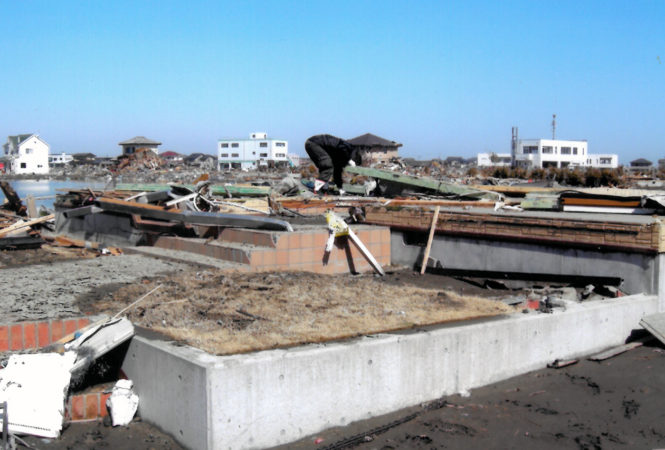
How did you evacuate?
We scrambled into my brother’s car and fled.
Suddenly we noticed the road was already covered with around 30 centimeters of water, and we had to drive over scattered blocks and wreckage as we evacuated.
Traffic was jammed all the way to the coast and the elementary school our grandkids go to, and there were a lot of cars stopped in the junior high school yard, so we took another narrow road, left the car under the highway, and clambered up to the highway on foot to evacuate.
When we looked towards the ocean, we saw the enormous tsunami with ships, pine trees, huge numbers of cars, and adults and children all being carried away. It was really scary.
Pine trees were smashing into houses, and the power and speed was incredible. The water surface was rising alarmingly too, and then we sensed we were in danger where we were.
The car we’d left below was still okay, so we got into it again and fled onto a narrow road beneath the highway. We went inland towards Fukurobara, the Natori City Cultural Center, and Masuda Junior High School, but traffic was jammed wherever we went, and we couldn’t park because there were too many cars. My niece was living in the Medeshima Apartments near the mountains inland in Natori, so that was where we ended up evacuating to.
Around what time did you arrive there?
I think it was around 5:00. So it took a little over two hours.
That was fast. So you went to the Medeshima Apartments where your niece lived and escaped the danger.
Yes. Our son and his wife and our relatives had all evacuated to the Medeshima Apartments near the mountains, so we were happy to reunite with them there and see they were all okay. We stayed at our niece’s place for five days, and after that we stayed with my daughter-in-law’s family in Nishikatsuyama in Aoba, central Sendai, until we moved into temporary housing.
Did you have any problems at your daughter-in-law’s family’s house during that time? What did you do about food and such?
We didn’t have much food, and there was no gas or running water. We couldn’t cook anything, so we couldn’t eat like we wanted to. So we got handouts of rice balls, bread, water, and things like that at the hardware store.
The city also handed out food here and there, and we got some that way too.
The power was out, and tiles were falling from the roof of the house, so we covered it with tarp. It was an old house, so a lot of things were broken. We couldn’t bathe for a month, so our bodies were itchy. We couldn’t do laundry, and there were no clothes being handed out, so we had nothing but the clothes on our backs and it was really rough.
So you didn’t move to a shelter, support center, or community center in Nishikatsuyama, where your daughter-in-law’s family lived in Sendai?
We didn’t think of moving. We had more space in the house.
Living in temporary housing
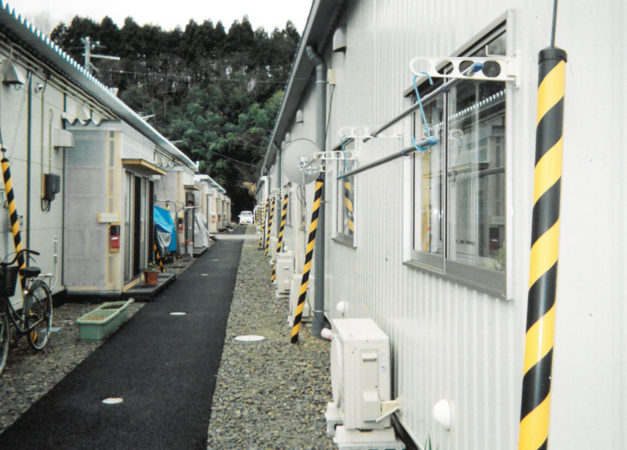
Did you have any problems when you moved into temporary housing in May? Or were there any good things about moving?
At first I thought it was good that we had temporary housing, but the walls and rooms weren’t insulated, so it was hot in summer and cold in winter. That was the hardest thing. We also had trouble because we couldn’t communicate with our neighbors. When we lived in Yuriage, the hearing people around us had learned how to communicate with us, so we were able to communicate through writing and simple gestures, but this didn’t go very well in the temporary housing.
There were also no sign language interpreters available for the procedures we had to go through in various government offices, so it was really hard because we couldn’t understand how to fill out these detailed documents. But after around three months, volunteer interpreters from around the country came to the temporary housing complex, so we were really grateful for that.
What are you doing to prepare for disasters now that you’ve had this disaster experience?
If we had experienced tsunamis before in the past, I imagine we would have made some preparations. Now we feel safe because we live far from the ocean, but we have made emergency preparations anyway.
Mindset after the disaster
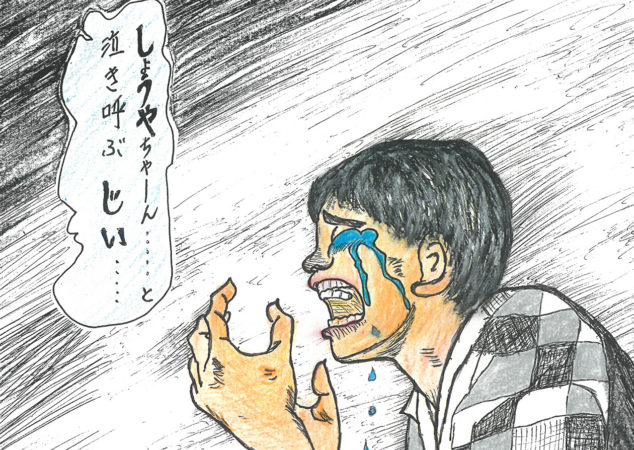
Now that the area has recovered so much and the scenery has changed, do you want to return to Yuriage?
This place will close in March next year, so we talked with our son about whether we should return to Yuriage or move into government housing for disaster victims. But our son stopped us from returning to Yuriage, saying there might be another tsunami if another earthquake happens, and he was worried about us because we can’t hear. Yuriage is where I was born and raised, and it’s a place that’s familiar to me, but after what my son said I thought it wasn’t a good idea, and decided not to return. Even if we build a new house, if another earthquake comes it could be destroyed by sinking land and cracks and such, so we decided to give up on living in Yuriage.
Has your mindset changed since the disaster? Would you say you’ve found a new sense of purpose?
Earthquakes are still happening all around the country, and I’m worried that the same kind of earthquake could happen again somewhere else in Japan. My hobby is illustration, and I wanted to pass on the lessons I learned from this disaster to my grandchildren and great-grandchildren, so I made a file of illustrations documenting the disaster.
Have you shown this file or exhibited it somewhere?
I’ve gotten requests to borrow it from Osaka, Tokushima, Tokyo, Kobe, and so on.
I’m worried about the predictions of a Nankai Megathrust Earthquake happening in the future, so I hope my illustrations will help people be prepared when something like that happens.
Requests for hearing people
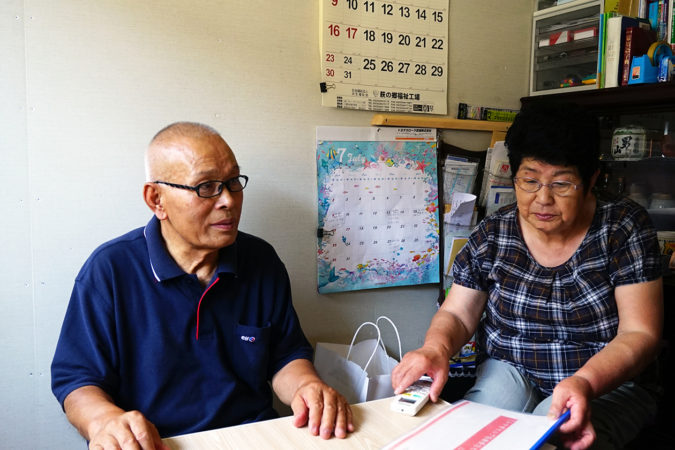
Do you have any requests for hearing people? What can hearing people do if they want to help people like you?
There are all kinds of ways to do it, like writing on paper, writing on your hand, or even writing on the ground if you don’t have a pen, so we would be grateful if you try to communicate with us however you can. You can also add facial expressions, and even just gestures can be understandable. It’s a big help to us when we’re able to communicate with you like that.
